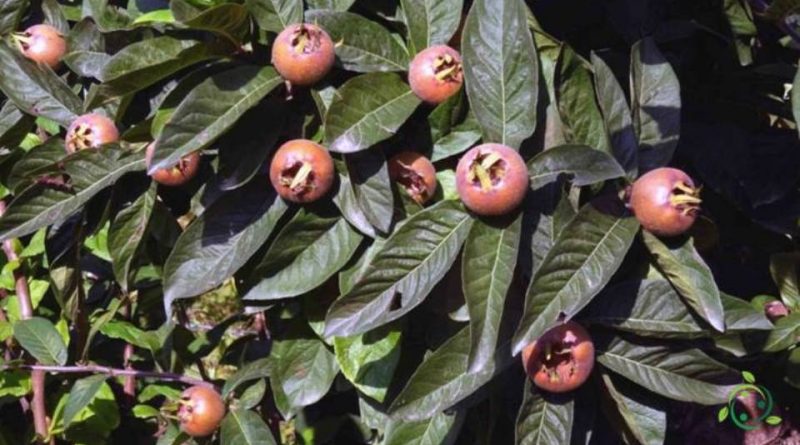When to prune the common medlar
When to prune the common medlar
The common parrot (Mespilus germanica L.) is a fruit tree of the Rosaceae family also called the Germanic or European medlar; its fruit is called “medlar”.
This plant, according to recent studies, is native to the Caucasian area, but also with the first nuclei of diffusion in Iran, Turkey up to Greece.
Its spread was greatly favored by the Romans and it spread to such an extent in Germany that at the time of classifying it Linnaeus, suspecting its origin in this area, called it Mespilus germanica.
Today this plant is widespread throughout Europe as a spontaneous plant in broad-leaved woods or as a re-wild in uncultivated fields, although, in the last two centuries, both in Europe and in other countries of the world it has been gradually and commercially replaced by the Japanese medlar, which belongs to a different species.
The common medlar is a very resistant plant to the winter cold, it goes up to a thousand meters of altitude and this must be taken into account to establish the modalities and the pruning period.
Period of pruning –
The most important pruning of the common medlar, and the one that involves more interventions, must be done at the restart of the vegetative period, approximately in the month of February. Intervening in the winter months allows us to find bare branches, devoid of the large and thick leaves that form this tree. It is not necessary to anticipate before February because winter has not ended and its effects are still being felt on parts of the plant and branches.
Instead, before summer, green pruning is practiced, eliminating the shoots that would develop branches not foreseen by the training system implemented and the suckers that start from the base of the stem.
It should be remembered that the typical form of cultivation of this tree is the free vase, so letting branches that compete with the main branches grow would be a waste of resources.
Let us remember that in the first years of life, pruning is adopted, called training or breeding, which is carried out to give the tree its setting. The medlar is grown in a vase, a shape also suitable for trees placed in the garden because it is three-dimensional and aesthetically harmonious. To obtain this type of breeding it is necessary to select three or four main branches on the young plant which must start at about one meter from the ground. For details of the pruning technique, see the following sheet.
Rootstocks –
The common medlar can be bred, both from seed and on rootstock.
Plants born from seed, however, grow very slowly and bear fruit in the sixth or seventh year of life; furthermore, the germination of the seed often leaves something to be desired and it is advisable to use medlar seeds which have not been left to half-size, but which have reached complete ripeness on the branch.
The use of grafted plants, on the other hand, reduces the waiting times for fruiting.
The common medlar can be grafted onto several plants:
– pear, hawthorn, rowan, quince, azure. It must be said that the most rustic and indifferent to the type of soil is hawthorn, while quince fears calcareous soils. Pear and rowan will give larger plants. Cultivated medlar fruits produce larger fruit and lower tannin content than spontaneous ones.

